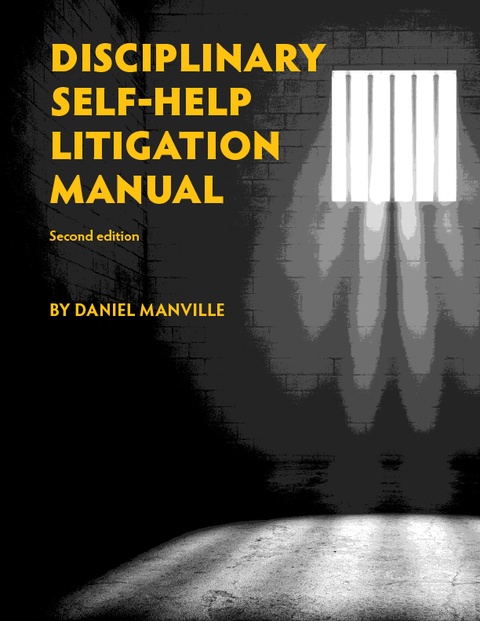Earlier this month, the federal prison system and its biggest proponent on the project, U.S. Rep. Hal Rogers, announced that a preferred site had been chosen: a former mountaintop removal coal mine known as Roxana. This marked the start of a 30-day window for final comments from other government agencies and the general public on the pending environmental impact statement approval.
The sprawling new prison could cost near half-a-billion in federal tax dollars just to get the doors open, and that's with no plan to address the potentially toxic conditions for people forced to reside on the former mining site. With an estimated $141 million just for excavation and grading on the site, the construction costs alone should be sending up red flags, not just in Appalachia but across the country.
Earlier this year, the Obama administration's POWER initiative announced that there will be $28 million to $38 million available for the post-coal transition program for which Kentucky communities could compete. The excavation cost alone for this prison amounts to roughly 10 times that.
The environmental impact statement is supposed to be taking these economic issues into consideration because, well, people are part of the environment. But what about the more classically defined environmental impacts?
Last month, the Center for Biological Diversity and Human Rights Defense Center joined up to send letters urging the Kentucky Department for Environmental Protection and Department of Fish and Wildlife to oppose this project. So far, no response.
In a review of the environmental analysis, the groups found that, along with the impacts to federally and state protected species including the Indiana bat, eastern hellbender, Kentucky red-backed vole and sharp-shinned hawk, the new prison could subject surrounding communities to the prison's sewage discharges and industrial output from a prison-labor factory. In addition, the plan could expose prisoners to contaminated water in the area.
Concerns such as these inspired 93 social justice, environmental and prisoner's rights organizations to send a letter to the Environmental Protection Agency in July urging it to include the 2.3 million people incarcerated in the United States in its "Environmental Justice 2020 Action" agenda. The letter illustrated a clear need for the EPA to consider prisoners as a population that faces extreme health impacts, including incarceration in unsafe facilities like the one proposed for Letcher County.
This matter is far too urgent to allow it to be relegated to a "jobs vs. environment" debate in the local arena. Yes, rural Appalachia needs jobs. The real question is: Could half-a-billion dollars be put to better use for Appalachian transition than subsidizing the already-bloated prison industry?
The deadline for official comments on this project is Aug. 31. Let's hope that Kentucky's state agencies will use the opportunity they have to oppose this project in order to protect the well-being of the public and the environment.
Building this prison will destroy wildlife habitat to expand the broken prison system when it makes much better economic sense to reduce the nation's reliance on prisons. If Kentucky's leaders take a stand to protect forests, waterways and wildlife, a more stable, just and green economy will follow.
Panagioti Tsolkas is the coordinator of the Human Rights Defense Center's Prison Ecology Project, a national effort to address the environmental concerns related to mass incarceration.







